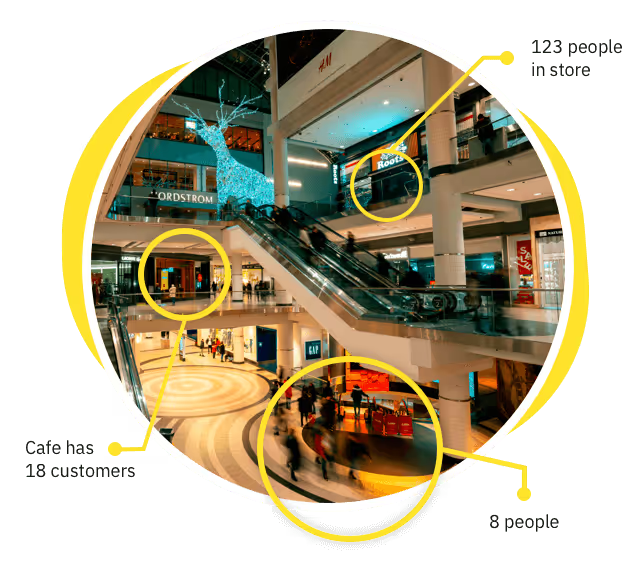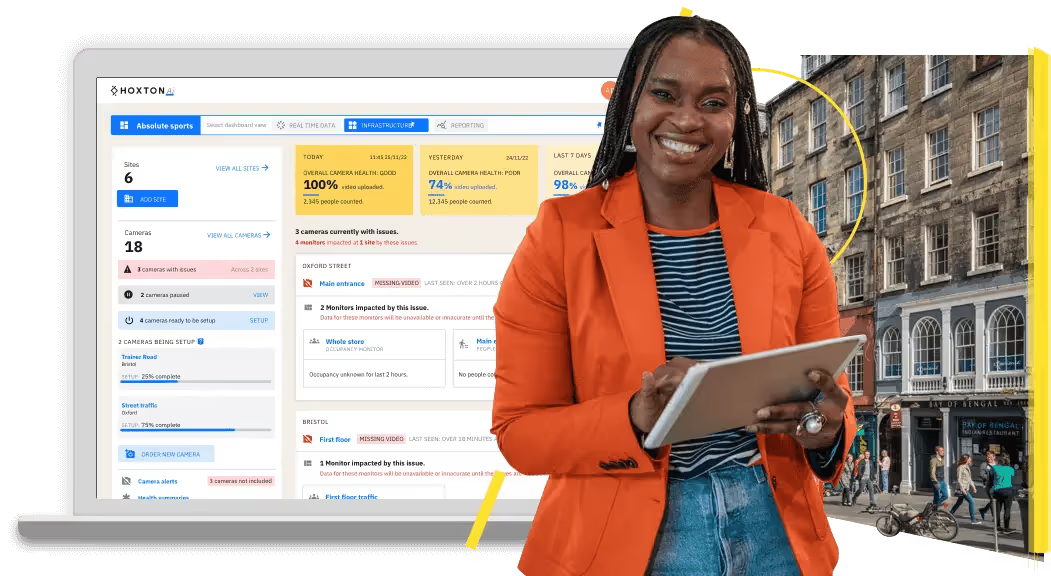The soft side of cold, hard data
We’ve released content on the ‘hard’ aspects of using data to drive better operations. These include noble objectives: to drive return on investment, a sales uplift, quantify exogenous variables and A/B test your options. These can drive an underperforming business to perform, or a well-performing business to excel.
But businesses are complex organisms – they struggle to operate in uniform, controlled conditions. Retailers for example - by their nature- are often spread thin, managed into a hierarchy of departments, stores, regions, countries, and functions. Furthermore, people are emotional; often they don’t respond well to strange new metrics. All this means it may require a herculean effort to execute an A/B test on a business.
It's tempting to think this means data won’t be actioned, so a project to collect business data – any data – falls down the priority list.
But the truth is really the opposite. From hundreds of conversations with businesses about how they operate and manage teams- we’ve learned that the complex, non-uniform nature of their businesses is exactly why the data is so useful in the first place.

The insights are consistent– a shared dataset trusted by all around the table helps teams communicate, agree objectives, and lets the most talented of us – whether on the shop floor or in head office – to achieve their potential.
We set out three learnings from these conversations below. Whilst relating to people count, conversion and retail analytics, they are observations that hold for data in general.
- 1) Data quality is table stakes – if it’s questionable, it gets questioned. We have heard dozens of anecdotes about bad data being taken seriously, influencing a decision to unfortunate – and avoidable - outcomes.
But we have heard hundreds more anecdotes about data being dismissed – and never making it to influencing anything - because one person thought it was wrong. - 2) Less is more. It’s better to have one dataset that is generally understood and agreed upon by most people in the business, than a thousand that few people understand.
I’ve been in the room when a portfolio manager, two retail managers and a merchandiser tried to draw insight on strategy from two heatmap animations. They ultimately ignored them made all the calls based on sales data alone. - 3) You don’t have to have all the answers, especially if you have a great team. Some of the best examples of driving performance with analytics comes when someone other than the boss has gotten hold of the data.
The data savvy manager in a café/retailer that used street-to-store data to test out A-board messages. The bar manager that hired staff based on historical occupancy trends.
It may be the case that a software-style, data-driven management process is a distant ambition for many. But in our experience, the opportunity presented by business analytics is every bit as massive in complex and non-uniform businesses. There are huge opportunities to use analytics as a shared resource across the business: compel teams to commune around the data, benchmark and discuss differences, and get the best out of your team.




